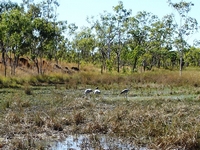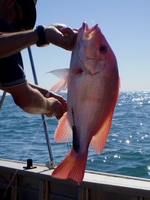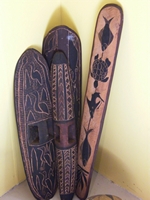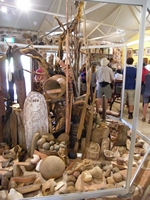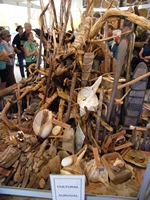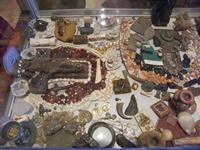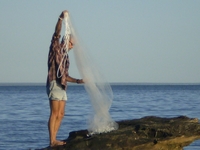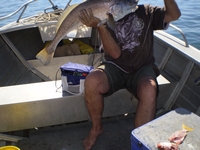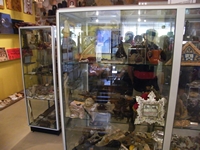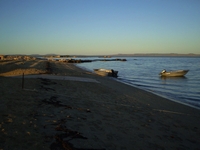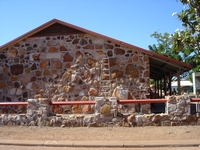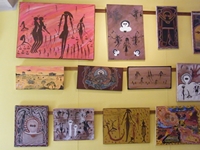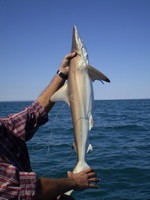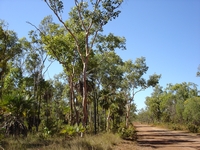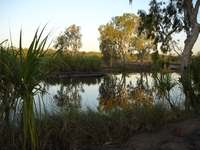Australia So Much to See


Mitchell Plateau and Kalumburu June 2008 – a side trip from the Gibb River Road. We continue north to Kalumburu.
Next we headed north to Kalumburu (# expected to open for the 2023 tourist season, following closures due to Covid restrictions). The road was more stony than corrugated, and taking it slowly it was a pleasant drive.
Heading into Kalumburu, we stopped first to purchase our permit, then drove to
We chose not to swim in the bay because crocodiles can be present. Read more about crocodiles in Australia here
At Kalumburu you can only take enough fish to eat during your stay. You cannot come and fill a freezer to take away. So
many of the excellent eating fish were thrown back to live for another day – particularly the big ones that would be breeders.
Alex walks across slippery rock with ease. I fell as I stepped onto the slimy tidal level rocks whilst taking photos of Alex
casting the net over small fish for bait.
We passed three Brolgas feeding in a swamp.
The red coloured ‘Saddleback Perch’ was the nicest eating fish of all.
After a lot of fun and throwing back big fish, we moved to a patch abundant in Dhufish.
After half a day of full on fishing fun, Alex helped us all clean and fillet our catches. We enjoyed fresh fish for the rest
of our stay at
After three glorious nights at the beach, we started the day early to get packed up and into Kalumburu for the Mission Tour. A must when visiting Kalumburu is to go on a mission tour with Father Anscar McPhee, who had been at the mission for 25 years at the time of our visit. As he is going to retire soon we were privileged to have him give an entertaining account of the mission from its early history to the present time. As usual, Father Anscar's enthusiasm took the talk well over the set time and visitors who had flown in specially for this tour missed out seeing the amazing collection of international artifacts.
A new museum building had been constructed for the centenary of the mission in August 2008. In this one room, packed in display
cabinets are ancient and historical artifacts which Father Anscar has collected from around the world.
The collection of artifacts of world significance is amazing.
In the church, Catholic tradition is blended with Aboriginal art.
We then headed south, going back to the
Although only
100 kilometres further south, we spent another night at Drysdale River Station and re-fuelled there before we returned to the
These roads need to be taken slowly with full
attention, and a hundred kilometres or half a day's driving is enough.
We were privileged to meet this dynamic, entertaining and knowledgeable man as he was due to retire, finally doing so in 2011.

